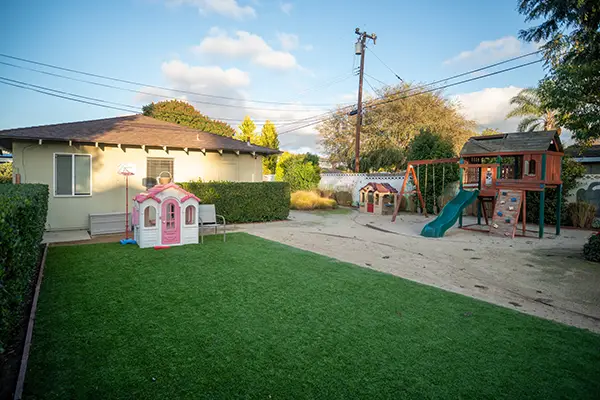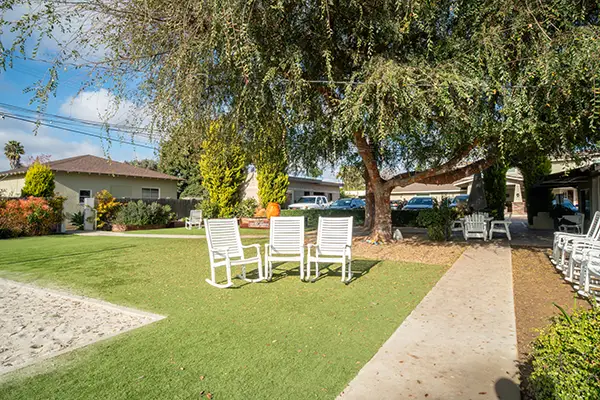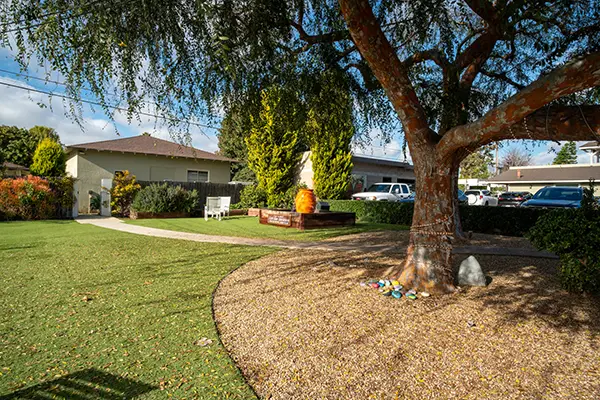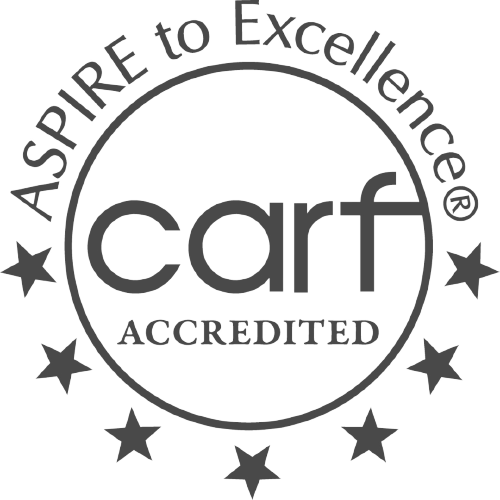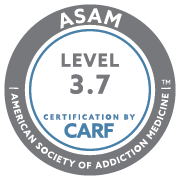Today we would like to share with you a video from our annual ATCPCC 2013, Addiction Treatment Centers and Professional Consortium. Here in our guest lecture video series is Nicole Siegfried sharing about the issue of suicide and eating disorders. We have a transcript of the lecture for you to follow:
I’m Nicole Siegfried and I am a Clinical Director with Castlewood Treatment Centers for Eating Disorders. I’ve been treating eating disorders for about 15 years and in the past several years, have become interested in the intersection between suicide and eating disorders.
In treating eating disorders over the last years, I’ve started to see more of a chronic suicidality in our clients at that residential level of care. As most clinicians, I’ve been trained in how to assess acute suicidality, but became more interested in how to treat that chronic suicidality with that interspersed acute suicide episodes.
So several years ago, began doing research with Thomas Joiner who is a leading Suicidologist. And he has a theory about suicide that really seems to play out with eating disorders. A lot of people don’t realize that eating disorders have one of the highest suicide rates of any psychiatric disorder. In fact, when individuals are dying, the high mortality rate in eating disorders is more of a function of suicide than it is a complications related to the disorder.
There’s three factors that come into play that may place a person at high risk for suicide. The first is a sense of disconnection or thwarted belongingness and the second is a perceived burdensomeness or the idea that my life would – I would be better off dead than alive or that my death is worth more than my life. And a lot of disorders have those two factors, a perceived burdensomeness and thwarted belongingness, so there’s nothing unique about those across disorders or that would make a person particularly at high risk, those by themselves. But when you get that third factor, which is the acquired capacity for lethality, that’s sort of the tipping point that pushes a person over the edge into a high suicidal risk.
There are individual sessions on a daily basis that really get to the root of the matter. So that we just don’t have recovery when the person leaves our facility but a lasting recovery that extends into their life. We have a continuity of care that is residential, partial hospitalization, IOP and outpatient so that we can address those issues across those treatment settings.
And with the suicide issue, we’re able to address that intensively, not only for acute suicide assessment that we’re all trained to do, but also, in terms of looking at some of these other factors in Joiner’s model. And our research has indicated that indeed, those individuals who have interventions toward burdensomeness and belongingness have a higher recovery rate at discharge in terms of their suicidal symptoms and their eating disorder symptoms. So it’s been really fascinating to kind of see how that plays out in this setting.
Castlewood has various settings across the United States. We have a residential, partial and IOP in California and then we have our location in St. Louis and we’re opening one in Alabama in August. We take major insurance. We have contracts with major insurance providers and we also take adolescents and we take males. Also, a lot of people don’t realize that we’re able to do tube feedings at our residential levels of care. So we’ll also be able to take more compromised individuals who are able to get the individualized, in depth treatment while they’re in their medical recovery from the disorder.
So we also do in depth family work and have family weeks throughout the different centers. So we really encourage, if you’re an individual who is struggling with an eating disorder or if you know someone who is or if you’re a family member, to contact us. You can reach us on our website at www.CastlewoodTC.com.

